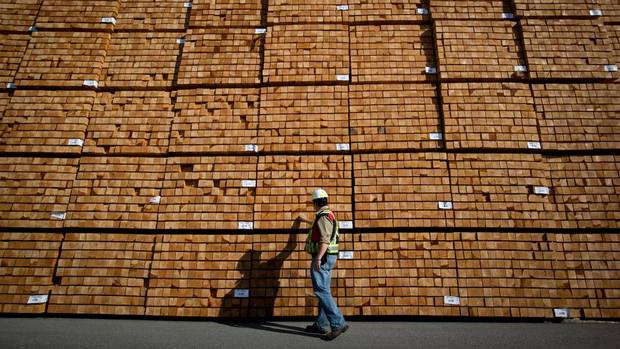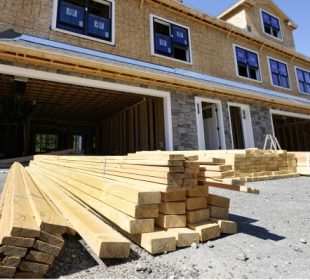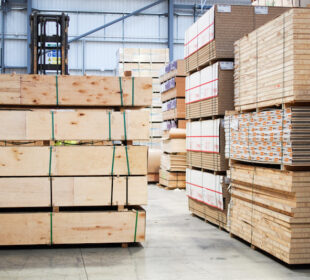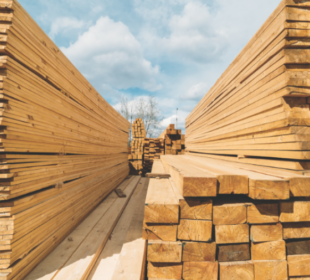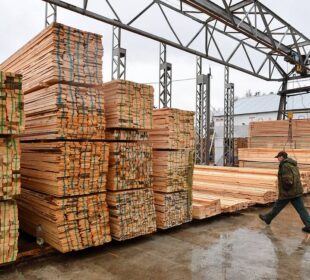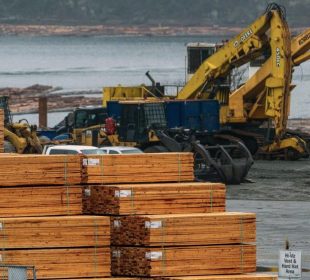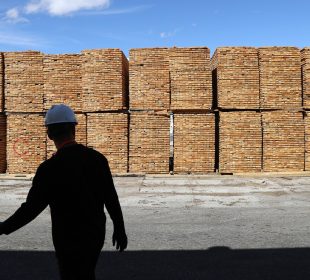After surviving a global slowdown in 2015, world lumber markets became favourable as a general trend of rising prices took hold – up until the second half of 2018, that is, when the trend reversed in almost all markets. What happened?
Many factors combined to cause two contrasting scenarios: too little supply with rising prices in H1/2018, especially in the U.S., followed by too much supply with declining prices by the end of the year. Delayed shipments occurred first in the U.S. market, mainly the result of weather delays from B.C. (and other factors); this inelastic supply led prices to soar to record levels by mid-year. In the second half of fiscal 2018, the opposite occurred: shipments swamped the market, plunging prices by 50 per cent. While average prices for U.S. structural lumber in 2018 were the highest ever recorded, it is still a tale of two half-years. The outcome is that higher-cost mills in western North America have been curtailing production to contend with below-cost prices, but overall supply and demand fundamentals continue to look reasonable for 2019.

